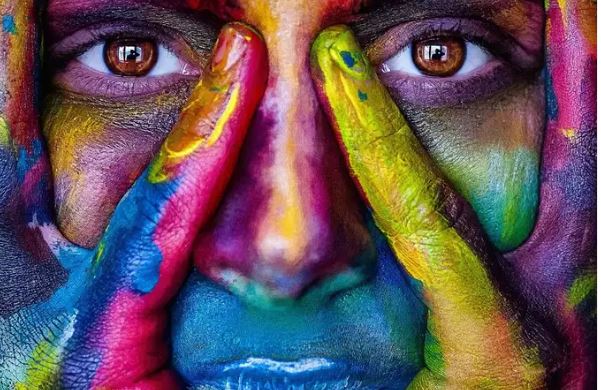Lifestyle
7 most popular art styles you must know about

Art has always been one of the best ways for people to express themselves.
From the paintings that depict the joys of childhood to the ones that popularised sharp, female gaze.
Different artists have adopted some styles and made it their signature. And different eras too have been marked with different art styles.
With abstract artists conveying emotions in an indirect manner to contemporary artists displaying the horrors of the world, art styles have always complimented people’s views and thoughts.
Abstract
Abstract art, born in the early 20th century, focuses on conveying emotions and ideas through shapes, colours and forms. Abstract art does not focus on painting the exact picture but rather one that is detached from realistic depictions. The famous Russian artist, Wassily Kandinsky embraced this style and used vibrant hues and geometric shapes to express inner realities.
Abstract art focuses on telling a story through imagination rather than exact words and figures.
Modern
Modern art period was from the 1860s to the 1970s and marked a period of artistic styles that were separate and different from past traditions. Artists explored new perspectives and experimented with styles and techniques through which they wanted to redefine art’s purpose. Kind of similar to Abstract style, modern art too parted away from storytelling and believed in ‘less is more’. Influential painters like Vincent van Gogh, Paul Cézanne, Paul Gauguin etc were the pioneers of the style.
Impressionist
Impressionism took form in the 19th century as a groundbreaking art movement for it went against many conventional art rules . Artists used visible, small brushstrokes, and focused on natural light depiction along with choosing ordinary subjects. They defied traditional academic painting rules, favouring colours over lines. Unlike the studio-bound approach, they painted outdoors to capture sunlight effects, focusing on overall impressions rather than small detailing.
Pop art
The Pop Art movement came in during the 1950s and was a celebration of popular culture and consumerism through vibrant colours and everyday objects. Andy Warhol, an iconic figure in Pop Art, created famous pieces such as ‘Campbell’s Soup Cans’ and ‘Marilyn Diptych’ using mass-produced imagery to challenge conventional and traditional art notions.
Cubism
Cubism came as a revolutionary art form in the early 20th century. It transformed European art and with time inspired music, literature and architecture. Cubism, instead of showing objects from one viewpoint, breaks them down and reassembles them in abstract forms, offering multiple perspectives to depict subjects within a broader context. Widely regarded as the most influential 20th-century art movement, Cubism was led by Pablo Picasso and Georges Braque.
Surrealism
Surrealism as an art form emerged post-World War I, depicting illogical scenes to express the unconscious mind. Led by Andre Breton, it aimed to blend dreams with reality, creating ‘surreality’ as many put it. Artists used surprise and odd combinations in paintings, writing and film. While focusing on bizarre imagery, many Surrealists prioritised expressing philosophical ideas, considering their art as a result of surreal experimentation rather than the central focus of their movement.
Contemporary
Contemporary art blended in or mixed with it diverse styles and mediums of the present era. Contemporary art is characterised by experimentation, conceptualism and cultural diversity. This kind of art is said to push artistic boundaries and depict the realities, both good and bad, of modern living. Many artists challenged societal norms and political concepts through thought-provoking graffiti art.






